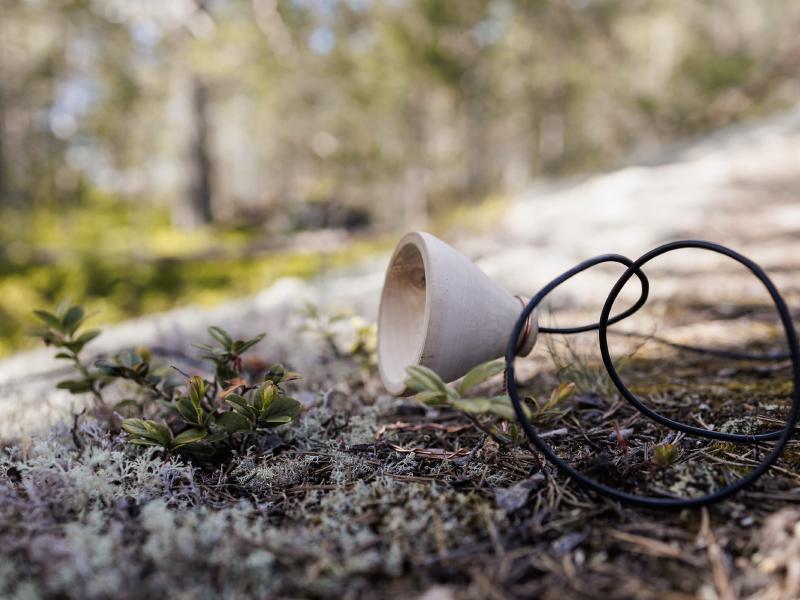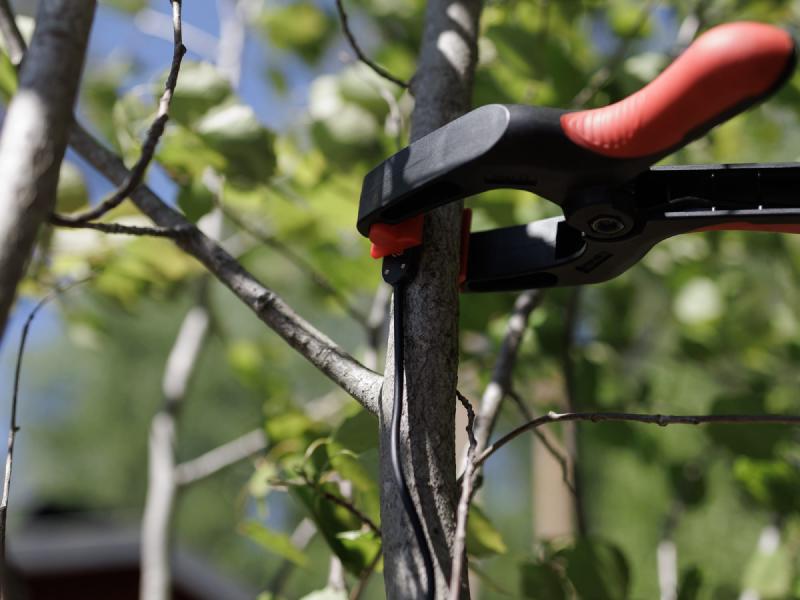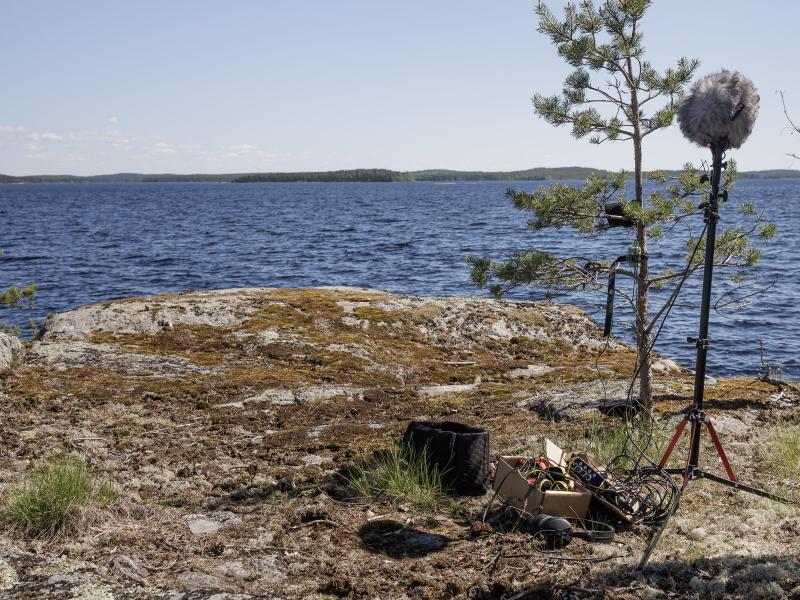subjective listening
2020, ongoing by Till Bovermann
According to Hildegard Westerkamp,
conscious listening and soundmaking is a way of placing ourselves inside the workings of our cultures, societies and landscapes as involved, living participants.
Thus, sound and (augmented) listening is a powerful instrument to convey feelings and evoke emotions. Being conscious of sonic utterances helps to keep being empathic, slow, and open to to the other. Subjective Listening proposes a way of listening that is not about capturing an objective representation of a sound, but rather intents to convey the subjective experience of a place.
In difference to the intention of common field recording to either be as transparent as possible or to induce a coloration to help with the creation of a certain feeling, Subjective Listening intents to facilitate a more holistic experience that includes not only the sound itself, but also the context in which it is embedded. This particularly includes the listeners themselves.
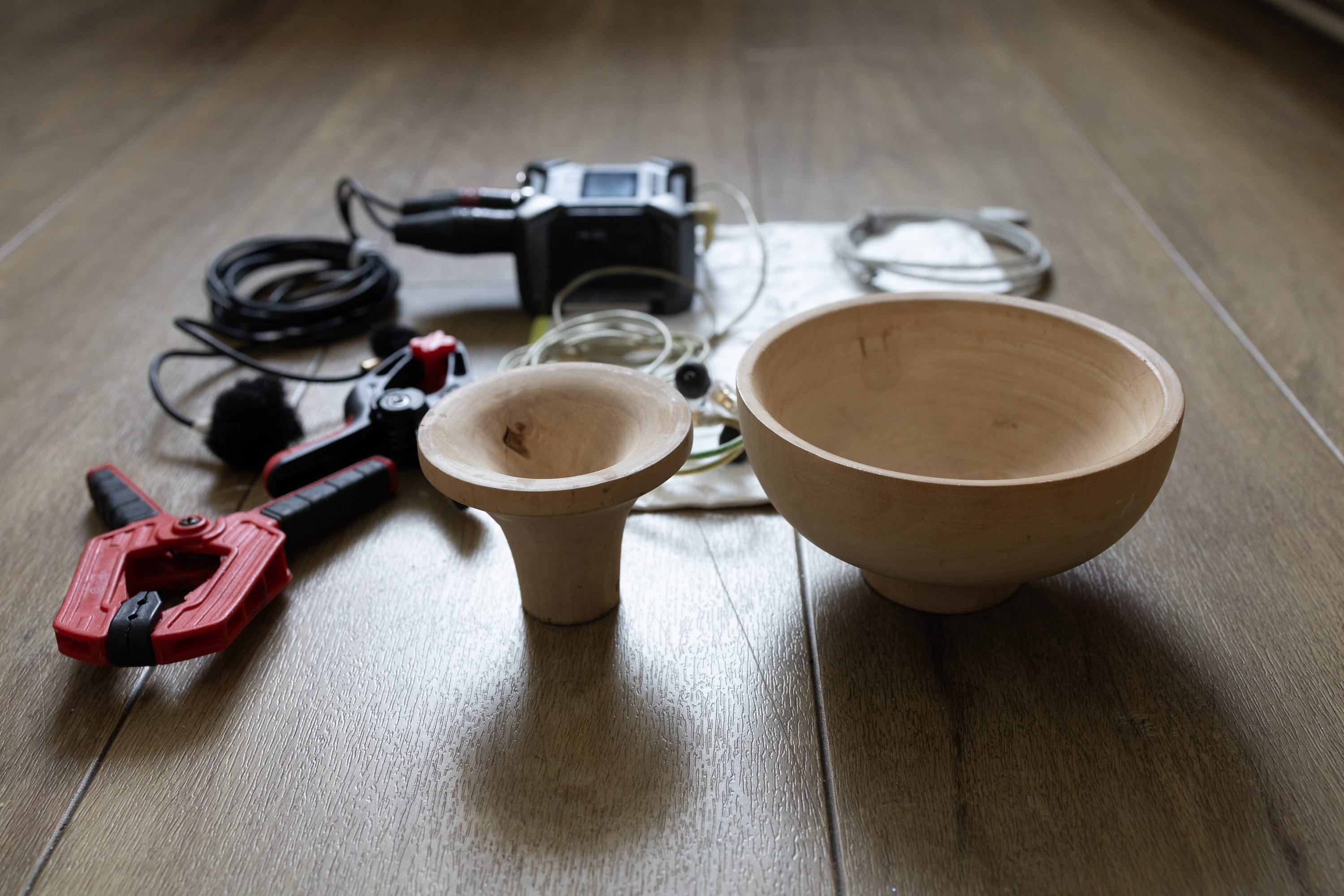
Subjective recording toolkit as of 2023.
Several approaches were developed to facilitate this kind of listening:
Listening with tree ears Link to heading

as far as we could remember — 52°31’55.4”N 13°22’16.0”E — Rotbuche/copper beech (Invalidenfriedhof). From Resonance Fields
During the work on resonance fields, there was a moment, where Sybille and I attached a contact microphone to a blood beech tree in the Invalidenfriedhof in Berlin. Although there was relatively little wind, we still were able to hear the tree’s bark and leafs creaking and cracking.
Small-scale microphones Link to heading
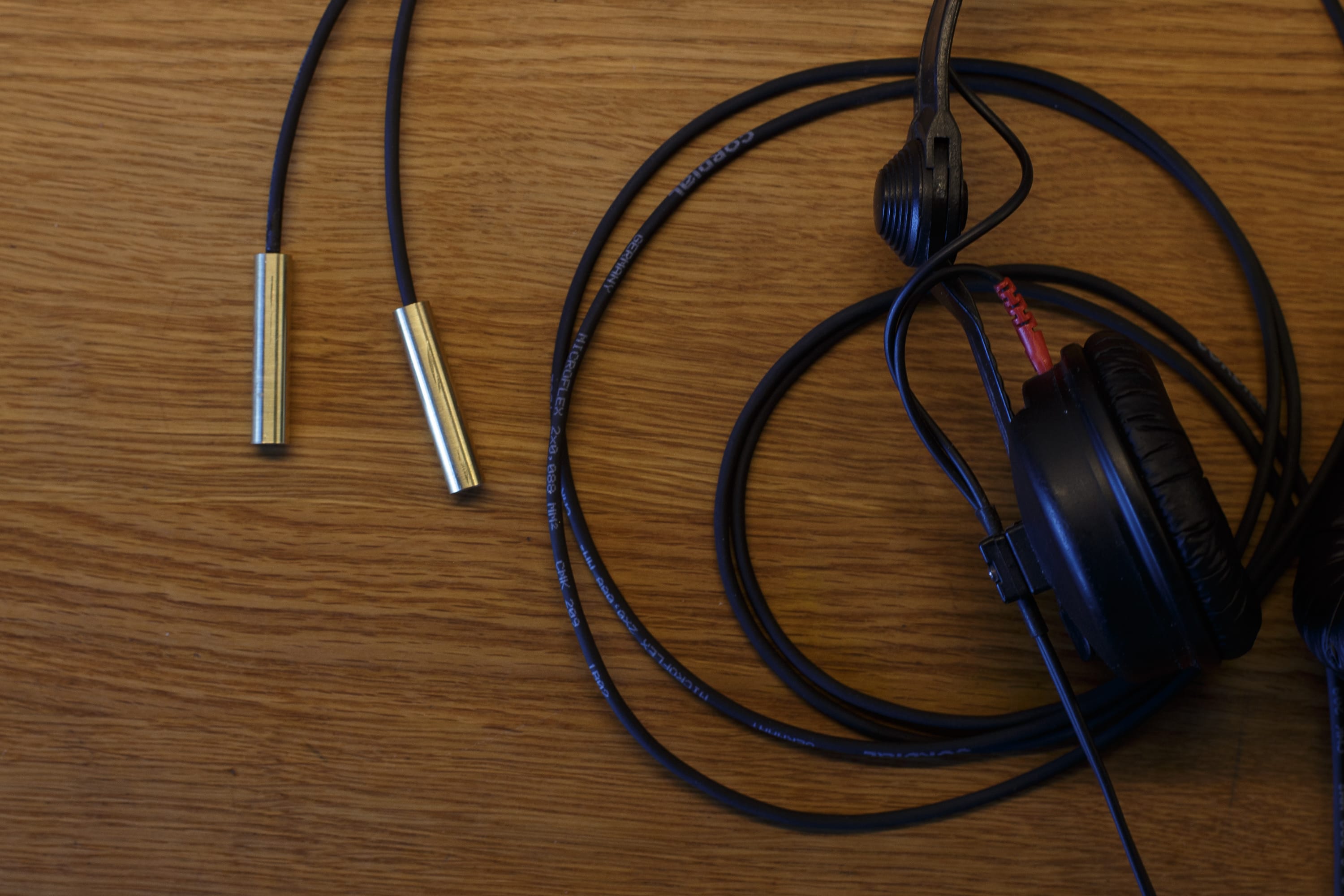
hand-made microphones
Using small-scale microphones allows for a more intimate listening experience. We build some of these microphones ourselves, using small electret capsules and custom enclosures made from brass.
Wooden cones Link to heading
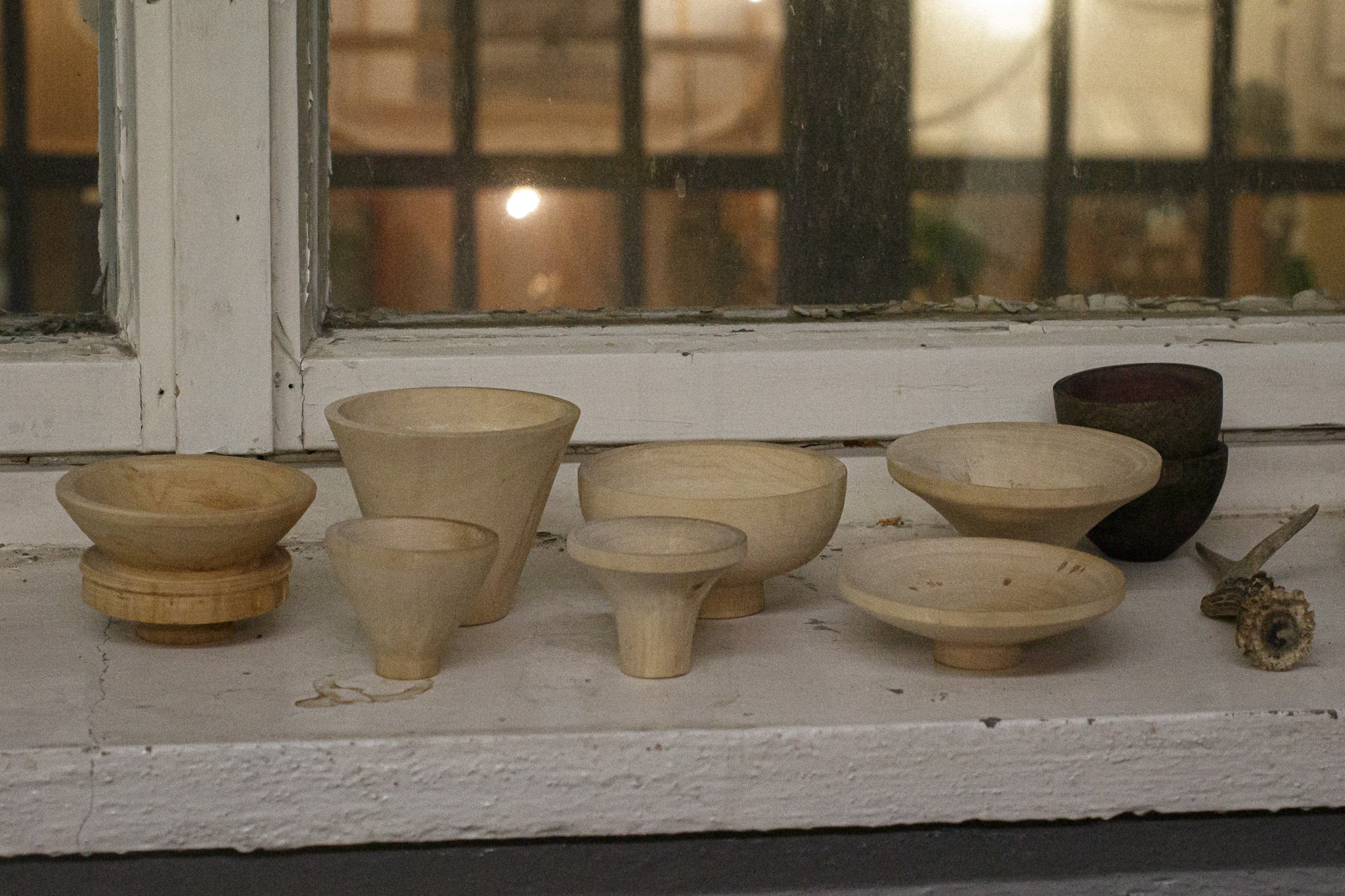
Hand-turned wooden cones that can be used as sound-shaping “ears” for the above-shown microphones.
Two or more microphone capsules are embedded in uniquely shaped wooden elements. The wooden structure and shape adds not only a unique coloration to the sound, but also lends itself to a unique way of handling and pointing the microphone.
Integrated listening Link to heading
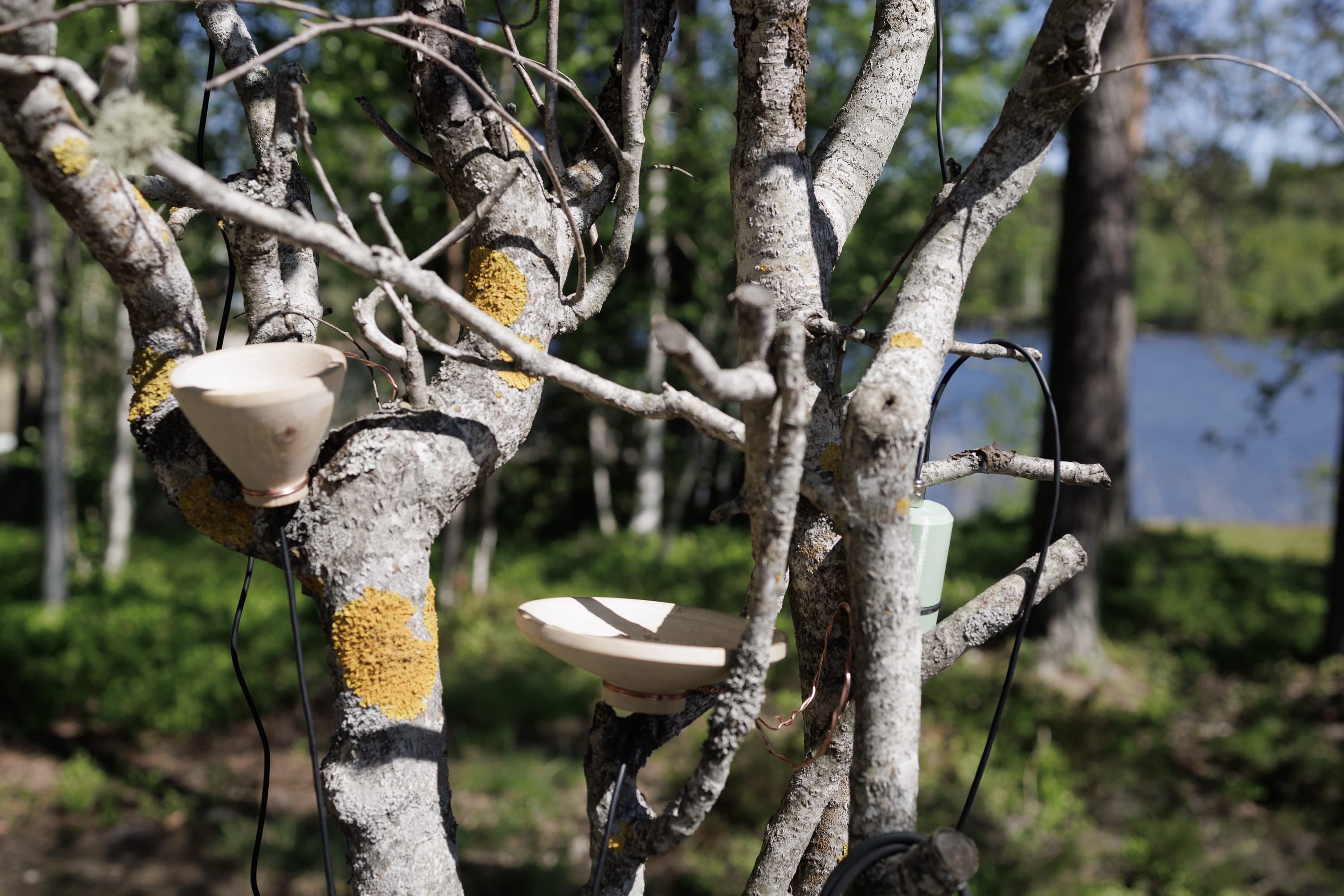
Several electro-mechanic listening devices combine into an integrated listening experience.
The use of mixed recording techniques allows for a more integrated listening experience. For example, a small-scale microphone can be used in combination with a contact microphone, a hydrophone can be combined with a common stereo microphone to listen to water from outside and from within at the same time.
Pieces Link to heading
A series of Sonic Memories was created using these techniques.
Research questions Link to heading
- How does a branch perceive its sonic environment?
- How does a tree-trunk‘s bark hear ants approaching?
- How is it to listen, sheltered, from below a tinder fungus?
- Do we then listen as a tree or rather with a tree?
- How to approach a complex environment?
- How to navigate a place while considering its unique interrelations and cultural connotations?
- How to be open for mutual encounters, possibly friendships?
- How to be sensible about an environment’s history, its politics, its inherent dynamics?
